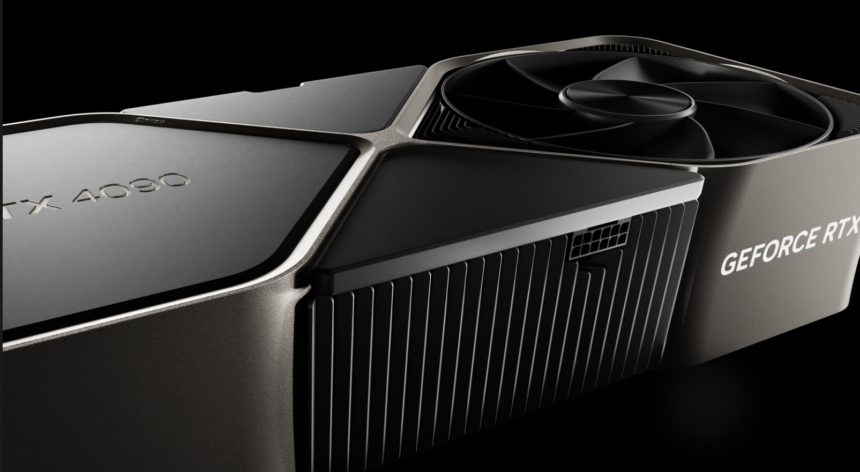Nvidia RTX 4090D 48GB: A Gaming GPU Transformed for AI

The world of artificial intelligence is constantly evolving, demanding more powerful hardware to handle complex computations and vast datasets. While specialized AI accelerators like Nvidia’s H100 Tensor Core GPUs are designed for this purpose, their high cost can be prohibitive for many. In a surprising development, a Chinese cloud computing provider has introduced a novel solution: modified gaming GPUs with doubled VRAM for AI workloads.
At the forefront of this innovation are the Nvidia RTX 4090D 48GB and RTX 4080 Super 32GB. These are essentially standard RTX 4090 and RTX 4080 Super GPUs, but with their VRAM capacity doubled through a complex modification process. The result is a powerful and cost-effective solution for AI applications that require substantial memory.
Why Double the VRAM?
Larger language models, image generation, and other AI tasks often demand extensive memory to process information efficiently. By doubling the VRAM on these gaming GPUs, the provider has created a compelling option for AI developers and researchers. This approach not only offers a performance boost but also reduces the need for external memory, improving overall system efficiency.
Availability and Pricing
Currently, these modified GPUs are available for rent through a Chinese cloud computing provider. The service provides access to these powerful machines on a pay-per-use basis, making it a flexible option for various AI projects. While pricing details are limited, it’s expected to be significantly more affordable than dedicated AI accelerators.
Performance Implications
While the additional VRAM undoubtedly benefits AI workloads, it’s essential to consider the potential impact on gaming performance. Overclocking or other modifications might be necessary to optimize the GPUs for both gaming and AI tasks. However, for users primarily focused on AI, the performance gains from the increased VRAM are likely to outweigh any gaming compromises.
Future of AI Acceleration
The emergence of modified gaming GPUs for AI workloads is a fascinating development. It demonstrates the adaptability of modern hardware and the potential for innovative solutions in the AI space. As technology continues to advance, we can expect to see further refinements in GPU architecture and memory configurations tailored specifically for AI applications.
Conclusion
The Nvidia RTX 4090D 48GB and RTX 4080 Super 32GB represent a groundbreaking approach to AI acceleration. By leveraging the power of gaming GPUs and increasing VRAM capacity, cloud providers are offering a compelling alternative to traditional AI accelerators. As this technology matures, it has the potential to democratize AI development and drive innovation across various industries.







